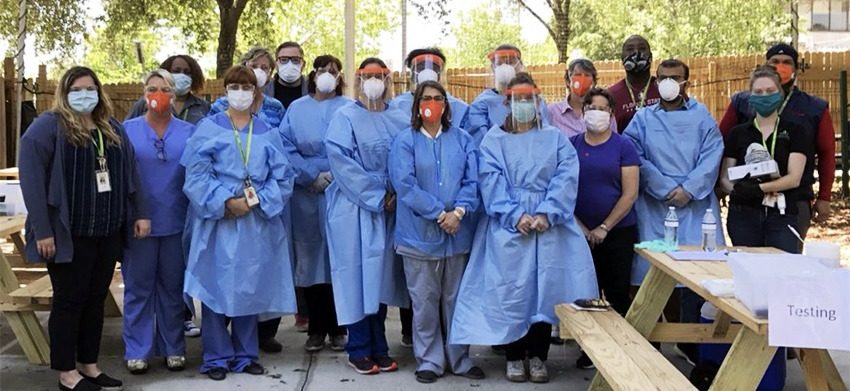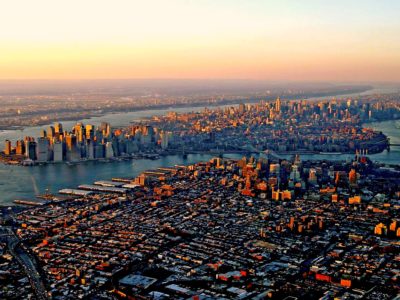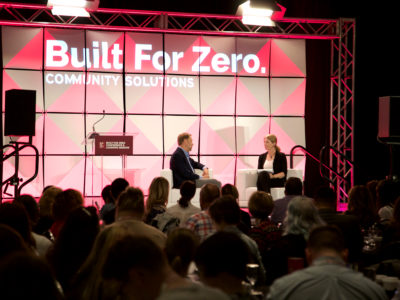Last March, COVID-19 changed everything.
Homelessness has always been a matter of life and death for the people experiencing it. COVID-19 underscored that it’s a public health crisis for us all.
Built for Zero was borne out of the understanding that ending homelessness requires a public health approach. It requires a commitment to driving population-level outcomes, and the data-driven, coordinated systems necessary to deliver them. Those systems enabled many communities to respond quickly in the face of this new crisis.
But local leaders also needed new support to keep people experiencing homelessness — and the staff serving them — safe. At the beginning of the pandemic, we surveyed our communities on how to best deliver that support. Communities flagged the need for resources, thought partnership, and advocacy.
In response, our team established a rapid feedback loop to surface the specific challenges cities were facing, and source solutions. We brought together leaders from health care and the homeless sector to share how they were collaborating in new ways. We worked with partners to ensure PPE was available for communities and to expand COVID-19 testing and monitoring for homeless populations.
And communities didn’t just weather the storm — they continued to make progress.
- All told, 31 Built for Zero communities made a reduction in homelessness for one or more populations in 2020.
- Three communities reached functional zero, measurably ending homelessness for a population.
Pandemic response efforts have generated greater understanding that homelessness is a critical public health issue. COVID-19 changed the urgency with which our country treats homelessness and our sense of what can be done. We can’t go back.
COVID-19 will continue to pose a risk for our neighbors experiencing homelessness, and millions of Americans are now threatened by the pandemic’s economic consequences. Like so many communities, the nation must see this as a moment to accelerate progress forward, and address the conditions that made our communities and neighbors so vulnerable in the first place.




